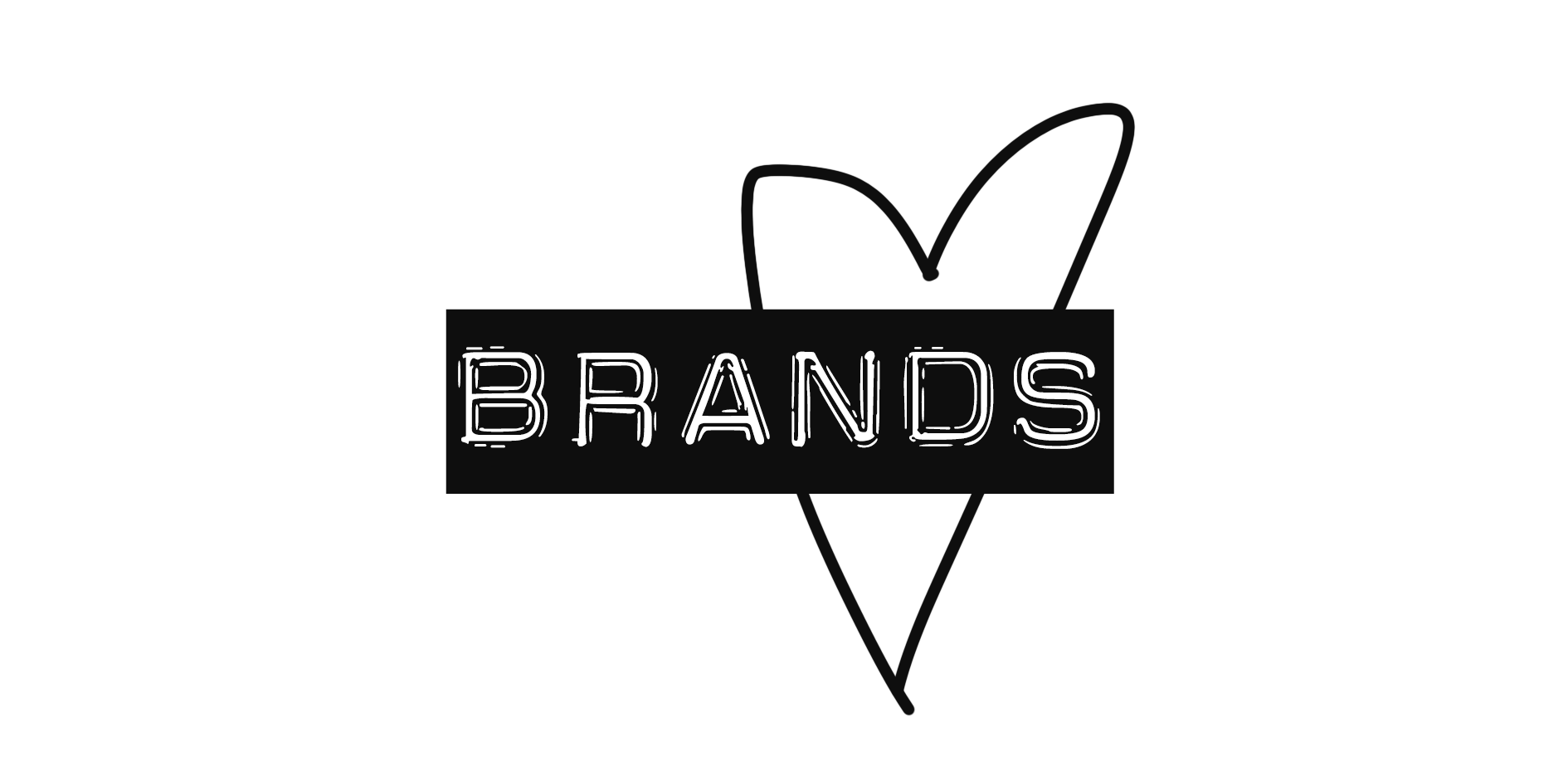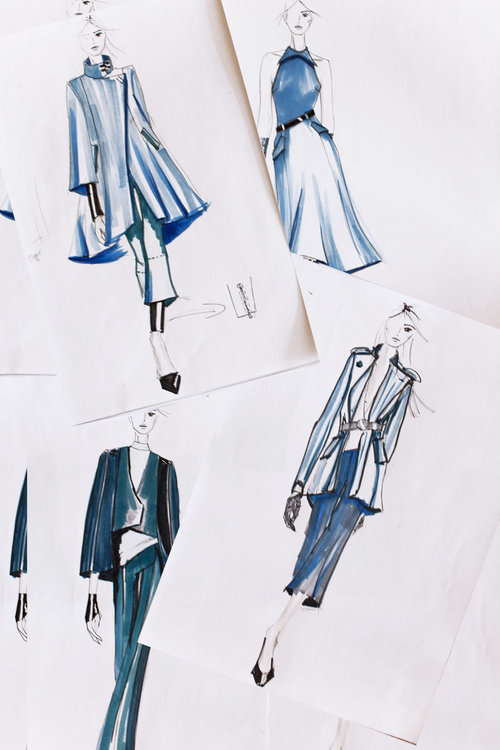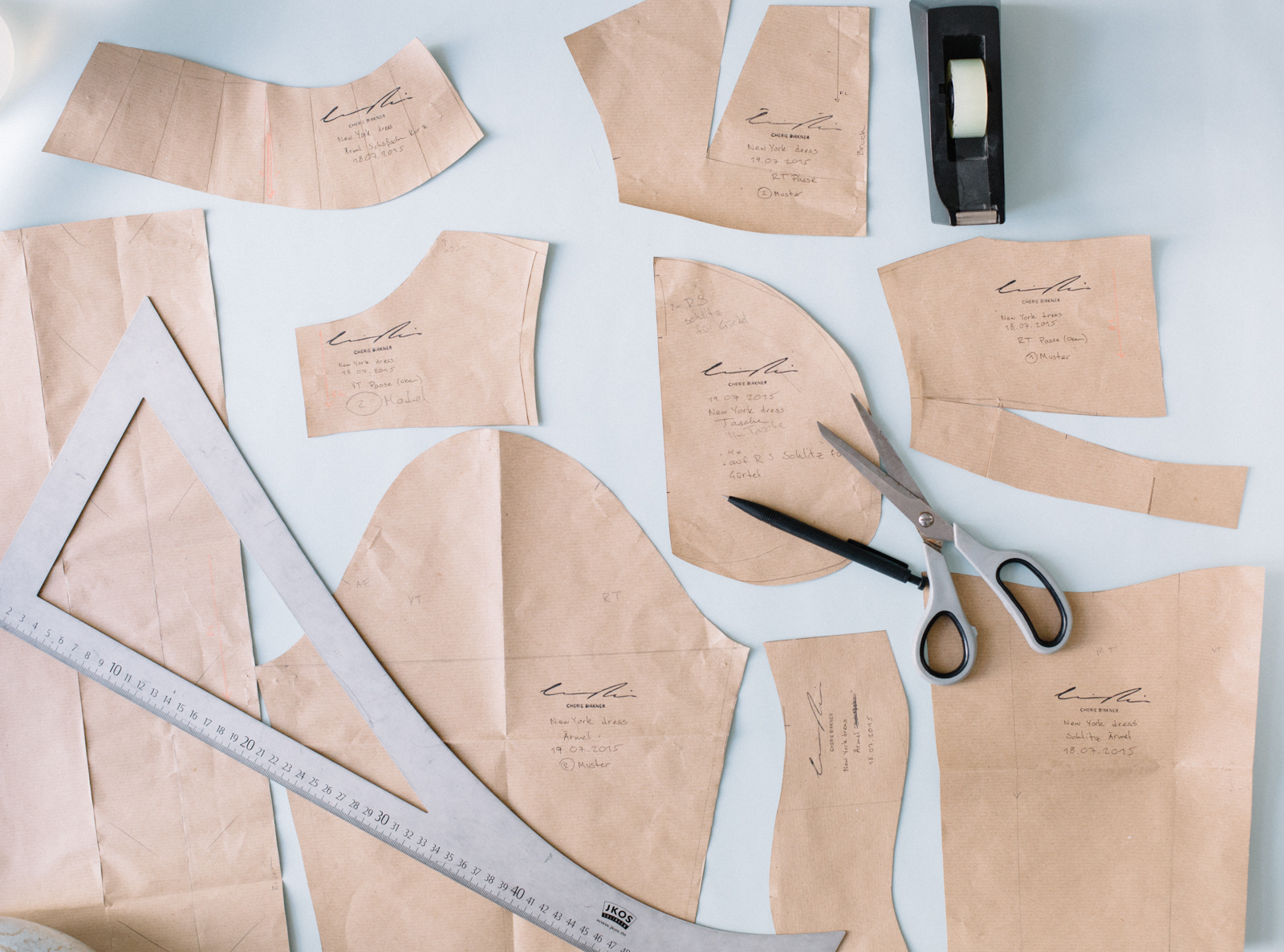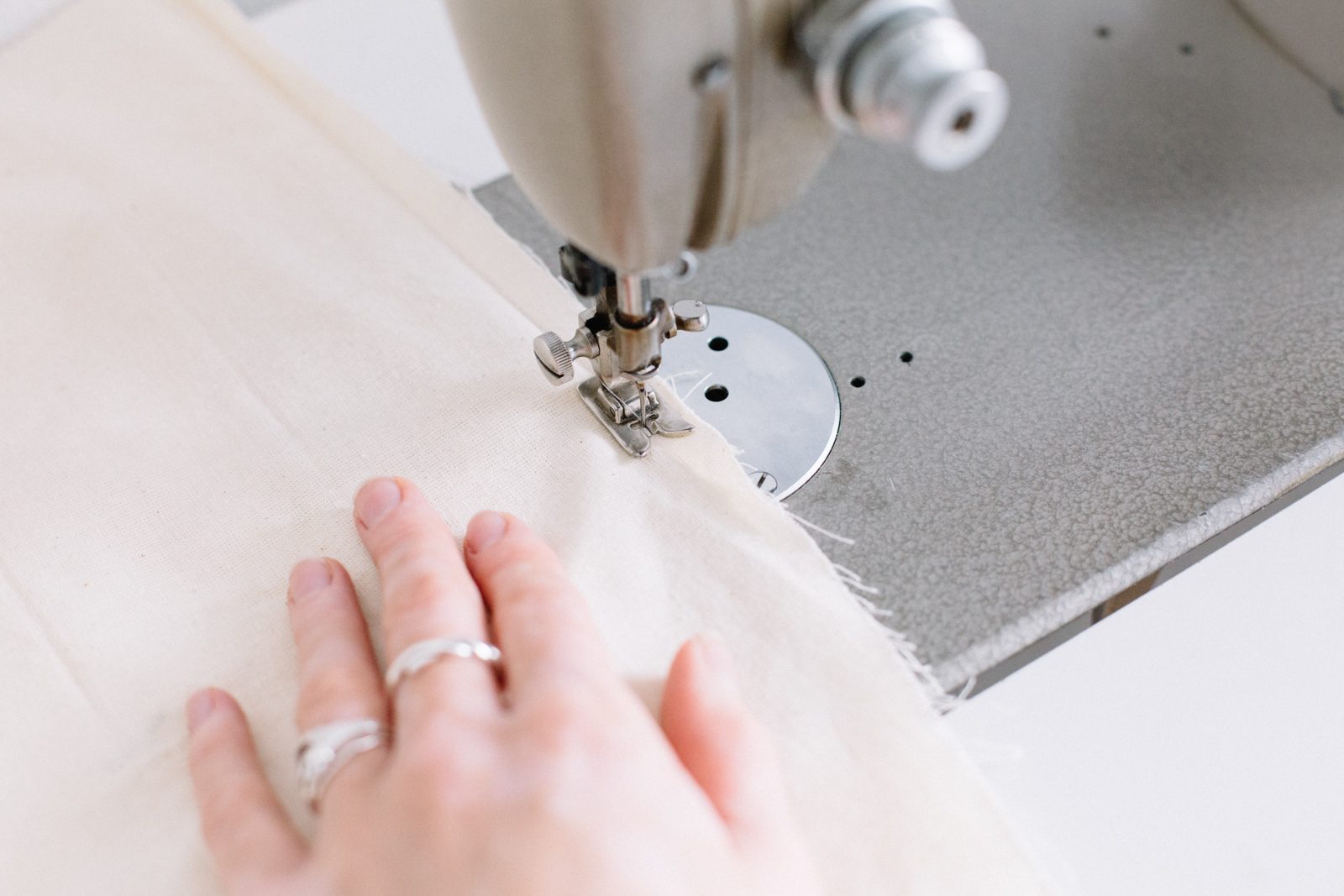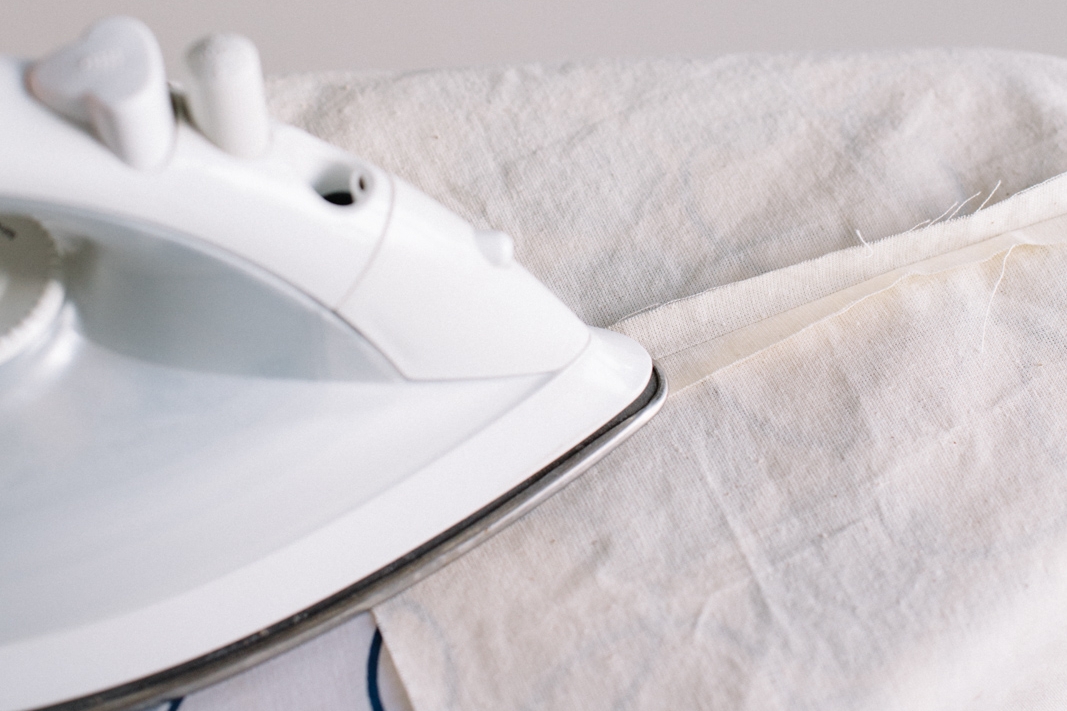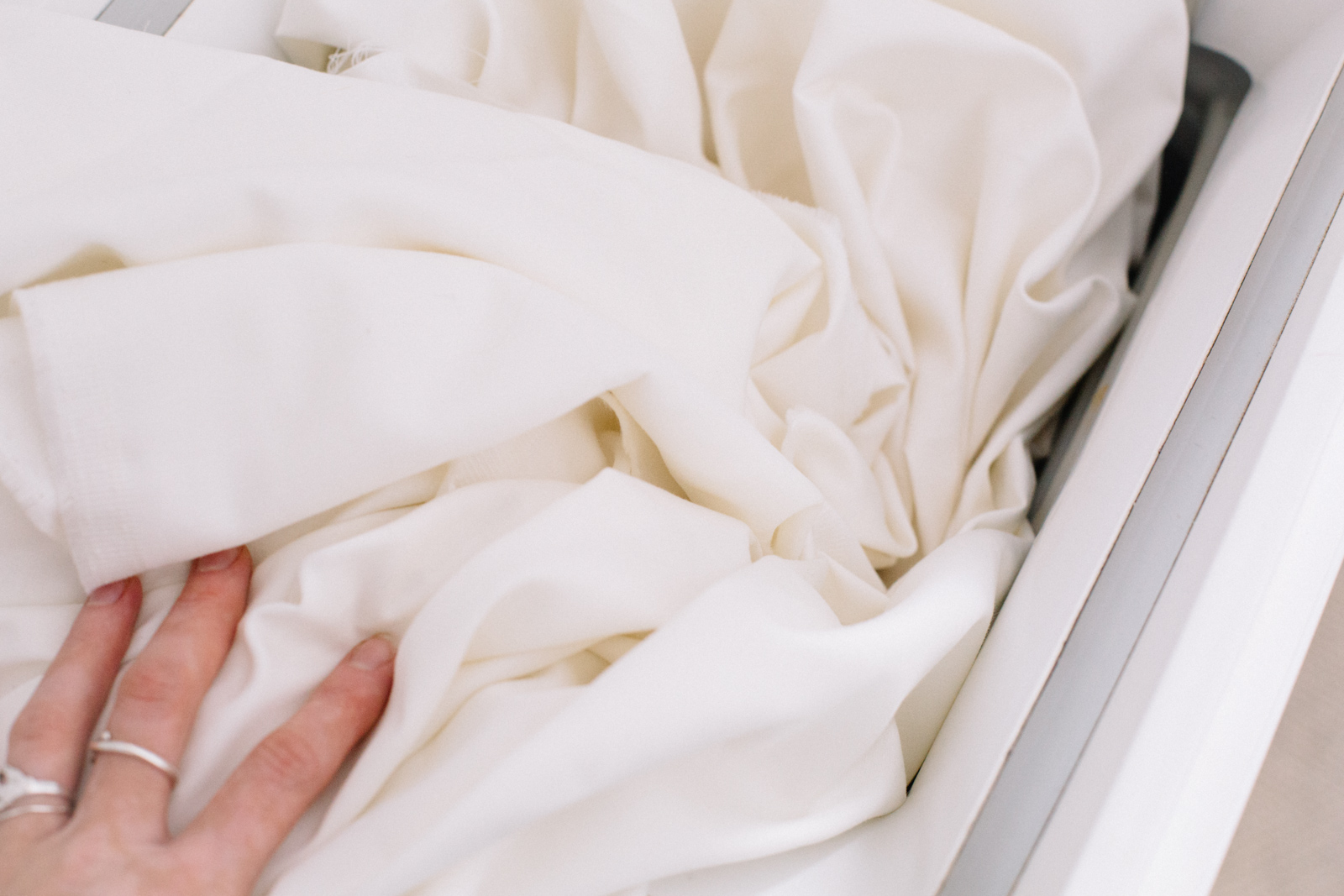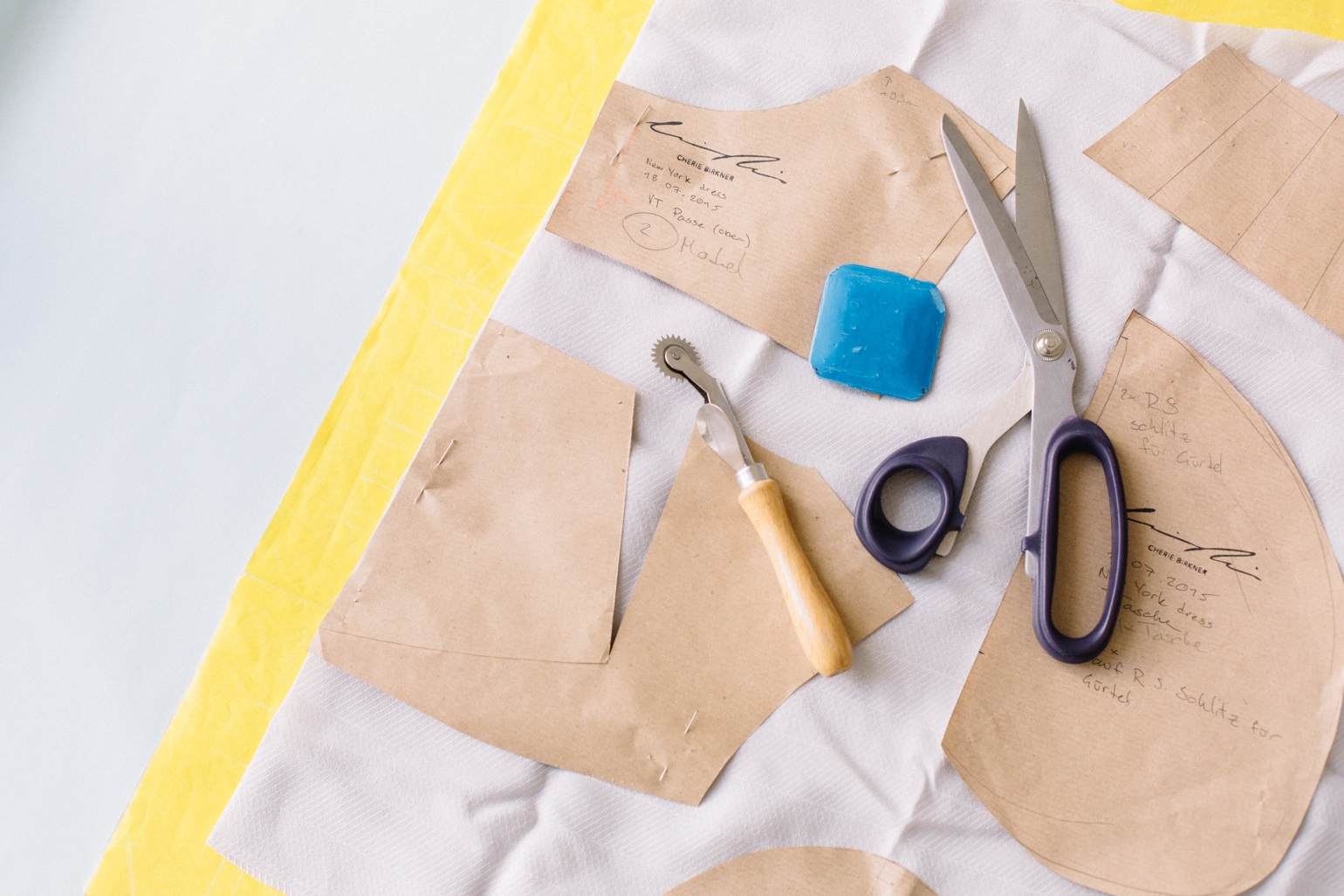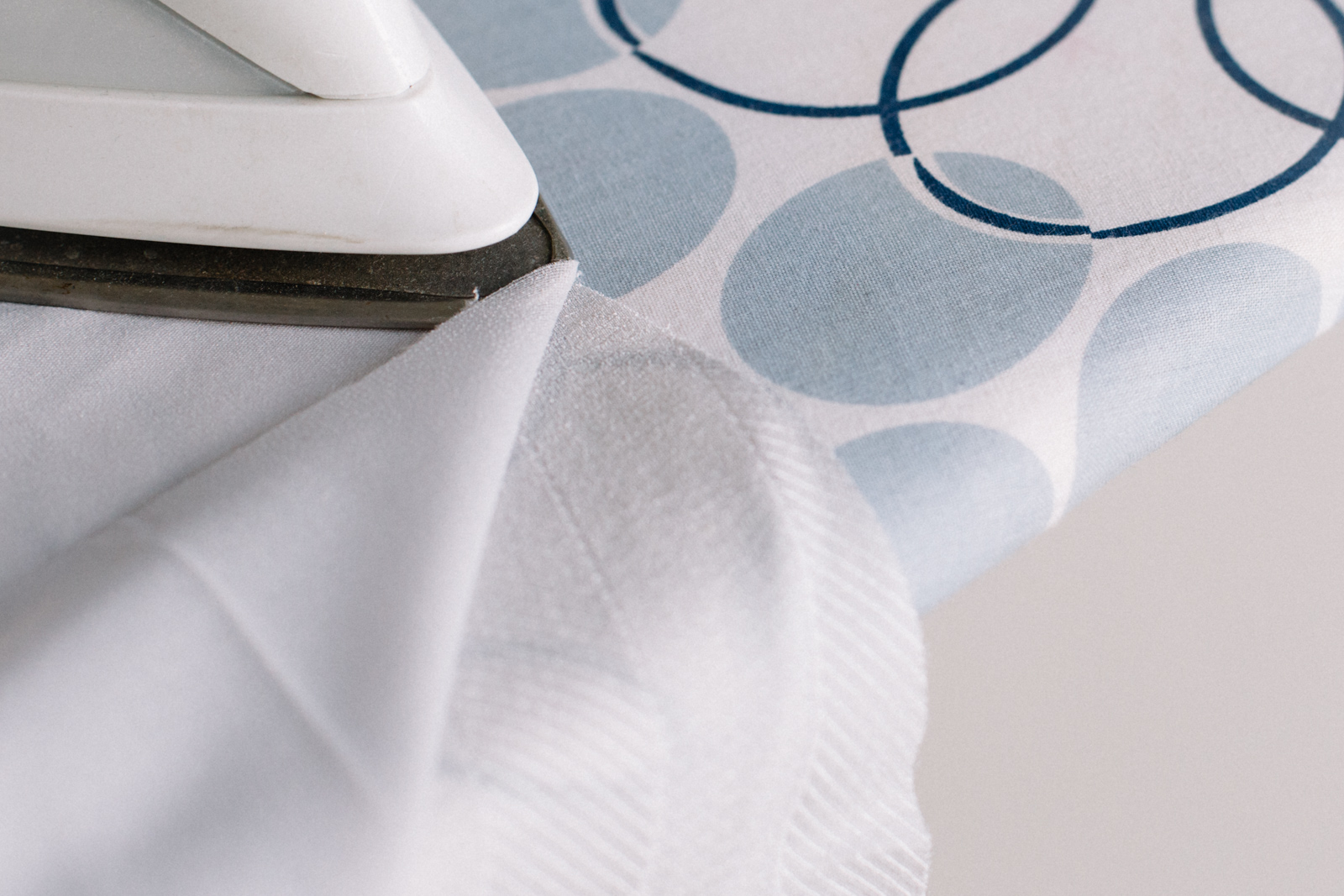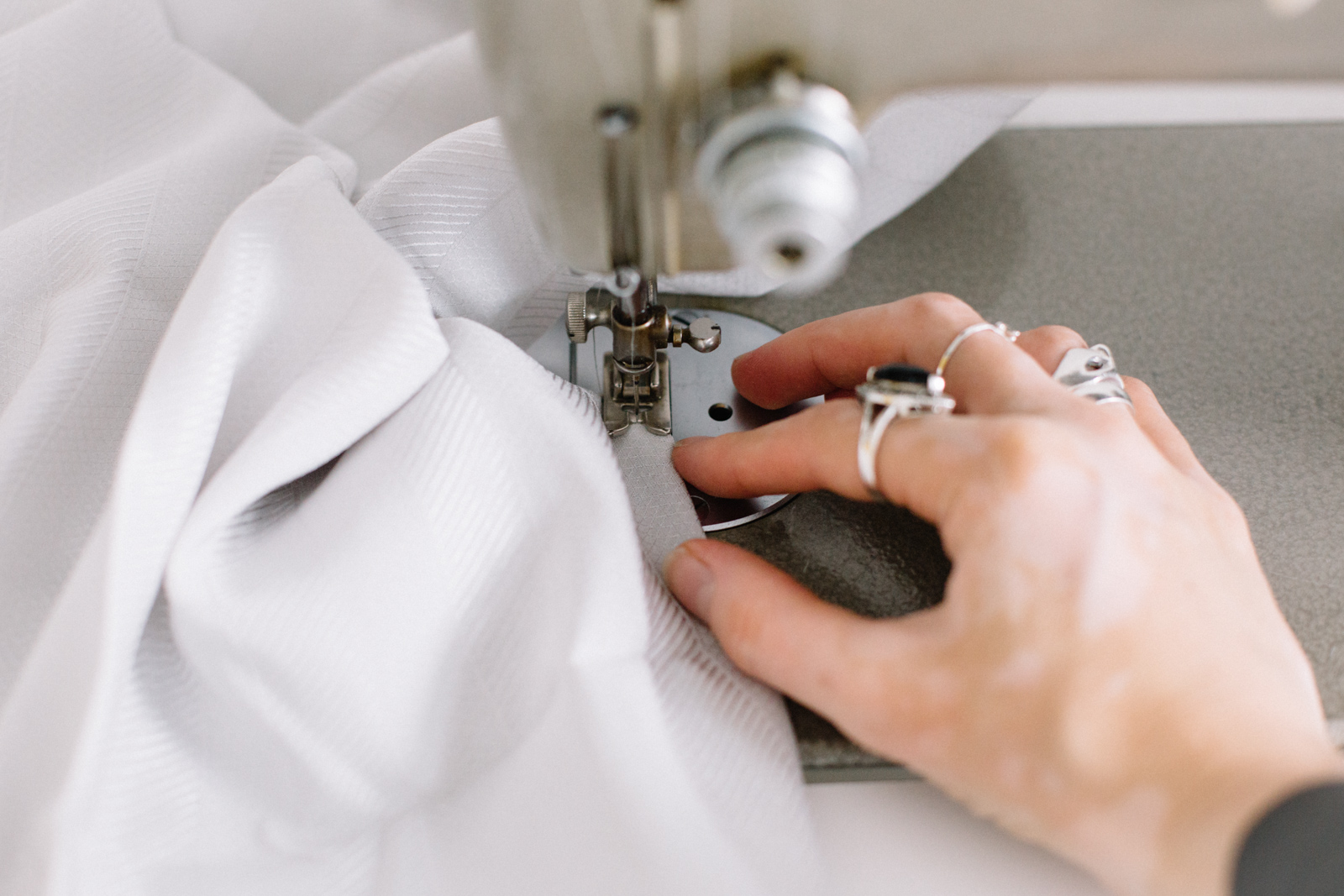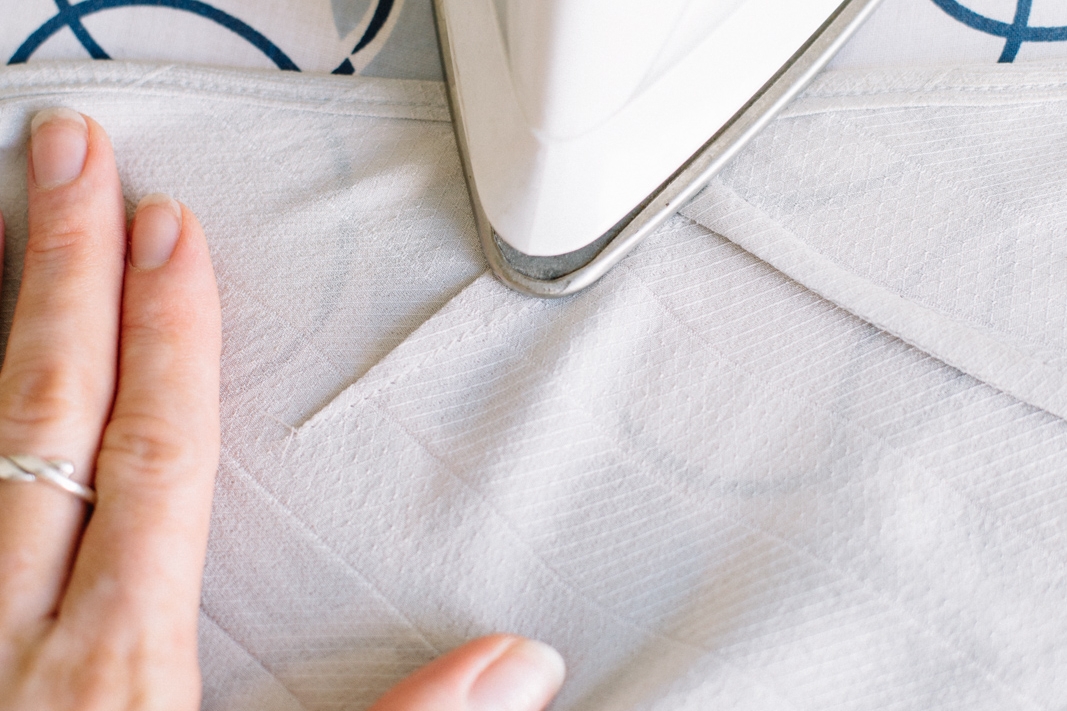It's the summer of 2015, I'm standing in the middle of Beacons Closet in Williamsburg NYC, with a silk designer blouse in my hand. The original tag (175,00$) is still hanging on it, but the price Beacons Closet sells it for is 16,99$. It's not so far fetched to ask yourself, what is it really worth? Does worth at all have to do with the prices we pay? And how can we learn to appreciate clothes when they are displayed like this:
"..Every Day Something New"
New clothes from 1€
Hi, I'm Cherie Birkner, I studied fashion design and also worked as a fashion designer. I know how to design a collection, make a fitted pattern, and properly manufacture pants, blouses, blazers, coats and corsets, as well as the easier stuff like a t-shirt. I am often asked "how long would it take you to make me a coat?", well let me say, that's not a short answer.
This is what my design to product process looks like:
It starts with inspiration, I start to think about what is inspiring me at the moment and build my collection on that. I may start out with collaging, and creating a mood board for guidance in the design process.
Selecting Materials, I get fabric sample to know what materials I am dealing with in the design process. I do this before I start with the design process, because if you are not a big player in the fashion industry you probably don't have the budget to design your own fabric.
Sketching, which is not just drawing a pretty picture. A sketch is also used to understand how a piece is sewn and fitted in the end, you include information of stitching and how the pattern is constructed, and to do this properly you need to understand how a pattern works.
Selecting, this is where you step back and take a look at all your designs and pick the best ones. If you are working together with a design team, this may take numerous meetings and going over the designs.
Technical Sketches, that's what you need so the pattern maker understands how to construct the pattern. I leave this step out for myself though, because I'm the one making the pattern as well.
Pattern Making, for this I use old pattern which I have made in the past, to create a new one. If I were to design for men however which I have not done before, this would surely take up over a day, assuming that I have a model to check the fitting on.
Getting the Materials, now you know how much fabric and further materials you will need, so off you go (again) to the fabric store.
Sew a Sample Piece! That's right, now we're not going to start right off with the final fabric. We need to check and see if the pattern fits right and the proportions are on point before we really get started. So we take the basic pattern, cut the pieces out of a (usually) cheaper fabric with similar characteristics, and sew it together. Don't forget to iron the seams in the right direction and make snips in the right spots, so your pattern sits right.
Fitting. Have someone try on the sample, and make your marks with chalk or pins for necessary changes.
Changes. Translate the changes you made on the sample piece onto your pattern.
Sew the Second Sample Piece. Same procedure as last time, hopefully it's good to go now.
Possible Changes.
Last Sample Piece. We'll assume it's ready now.
Material Preparation. Do you want to clean your clothes? If so, let's stick that fabric in the wash or dry-cleaning (however it will be taken care of later) before we get started. It would be a shame for all that work to go to waste because the fabric shrinks when you want to wash it.
Ironing. You can't make a clean cut with wrinkled fabric.
Cut out the Pattern. Keep in mind that the flow of the fabric brings different characteristics with it, and make sure you are cutting everything in the right direction.
Iron on Vlieseline. You will need this for most blazers, blouses, coats and pants to give them the shape and durability you want.
Sew together the first pieces.
Iron the seams in the right direction. There is a saying that ironing is just as important as sewing. So get ready for a lot of back and forth between the sewing machine and the ironing board.
Sew.
Iron.
Sew.
Iron.
Don't forget to knot the ends of the thread for better quality.
Sew.
Iron
........
And there we go! You've got a new favourite clothing item for your beloved wardrobe.
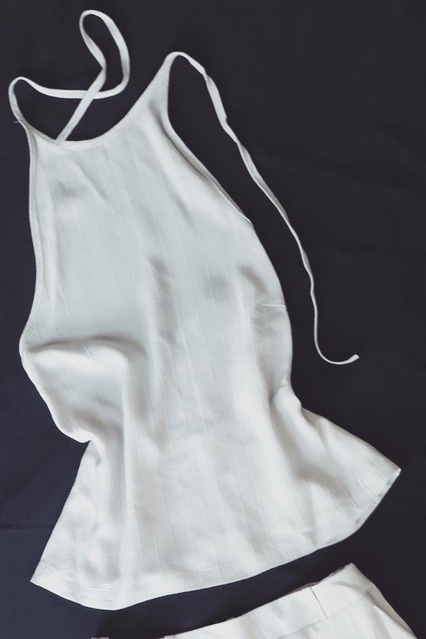
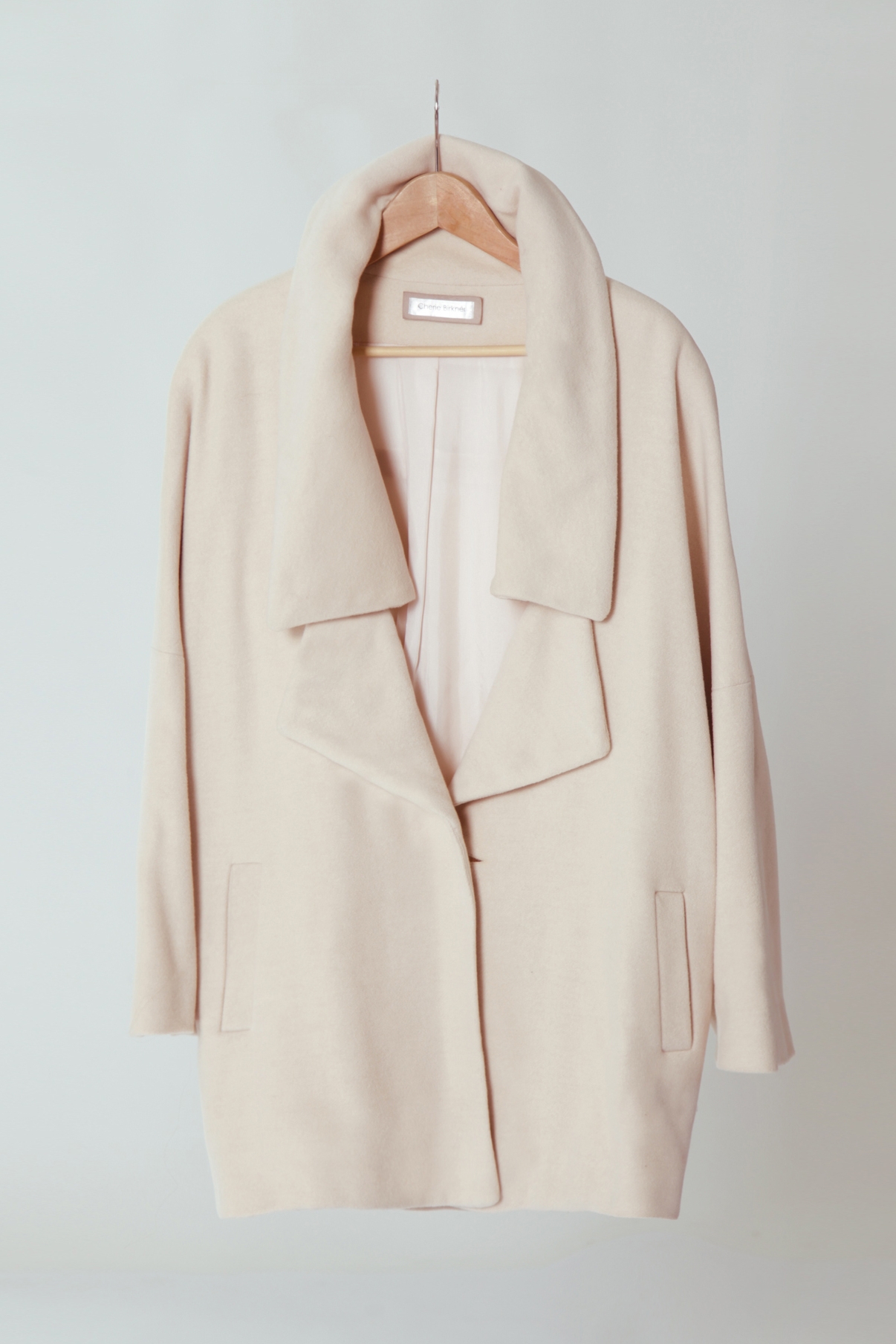
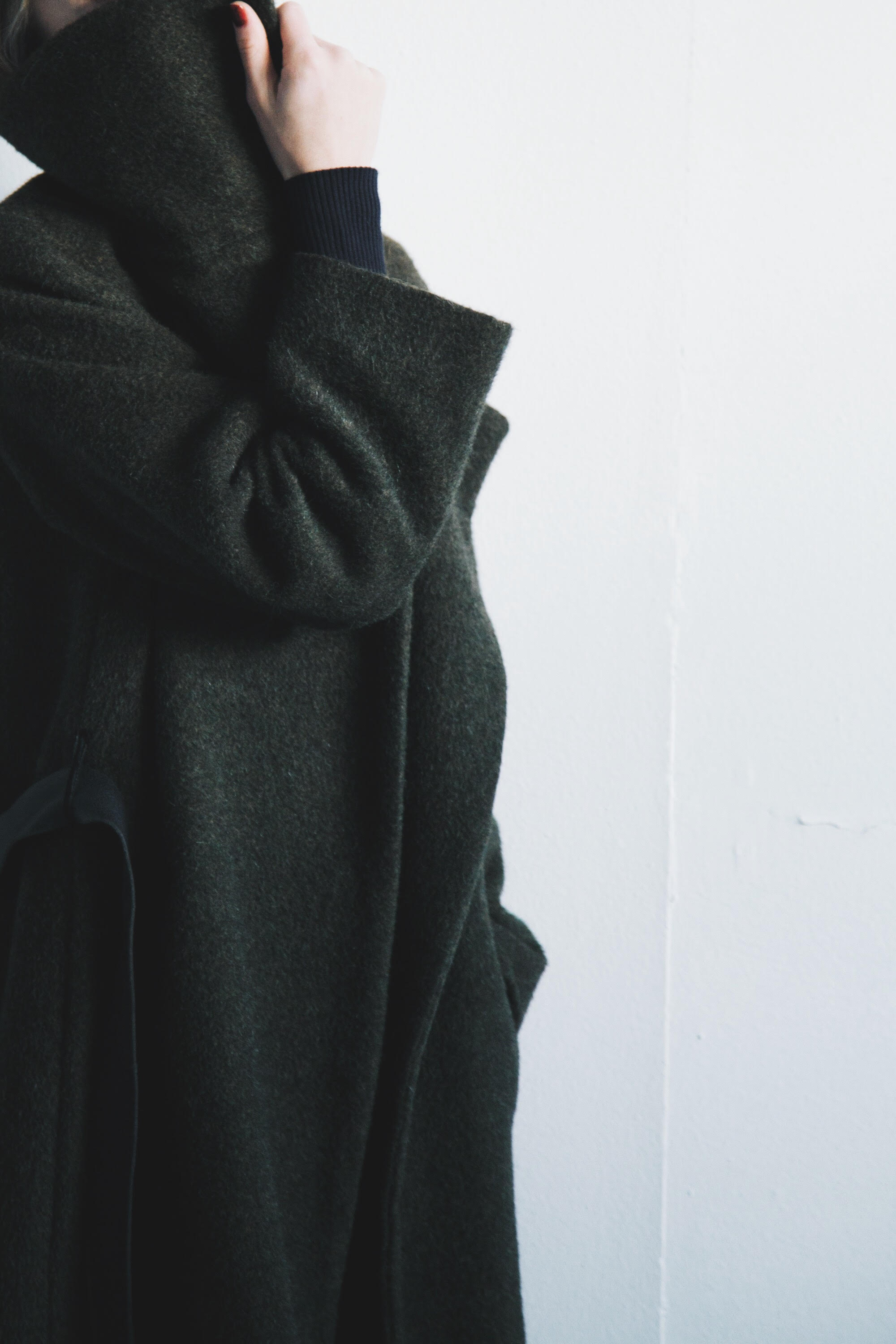
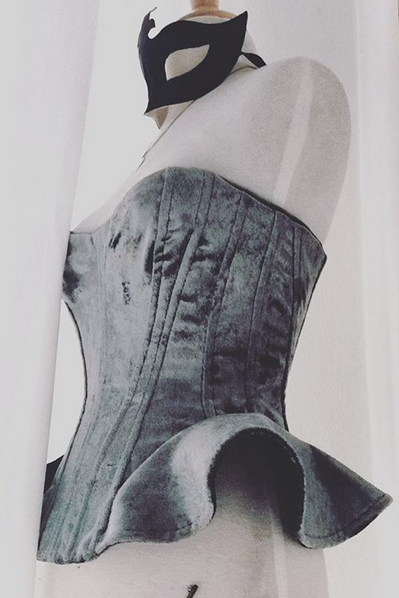
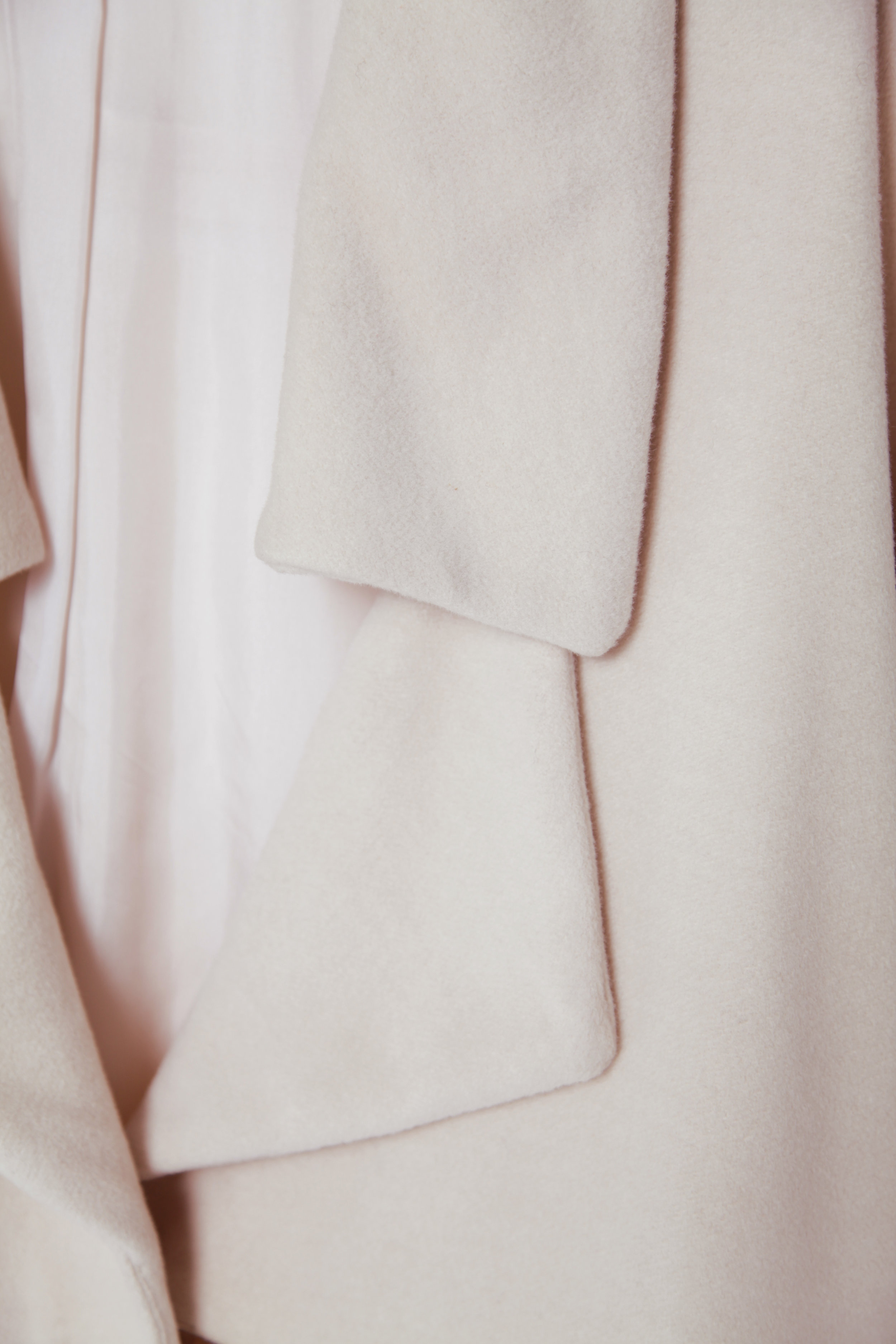
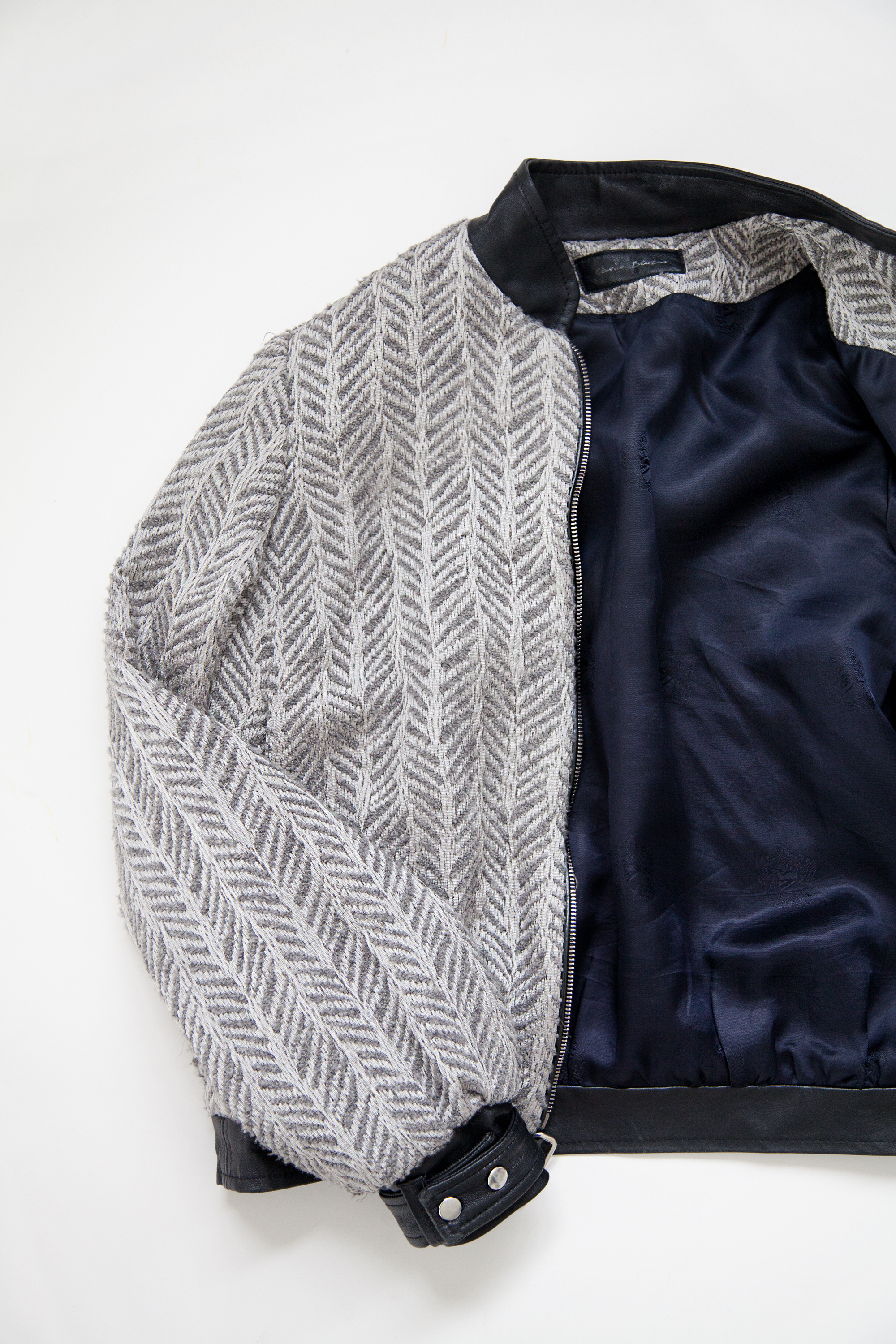
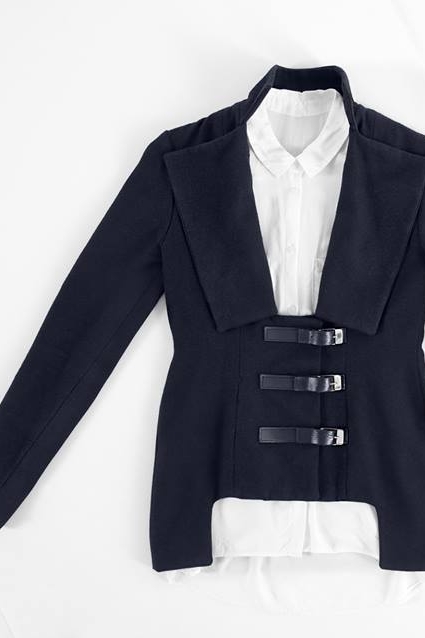

So now that you've made a new piece with me, let's think about how this can apply to our shopping habits, because one thing is for sure, we don't want to see our work end up in the trash at a hostel, like this, made in China-Forever 21-top.
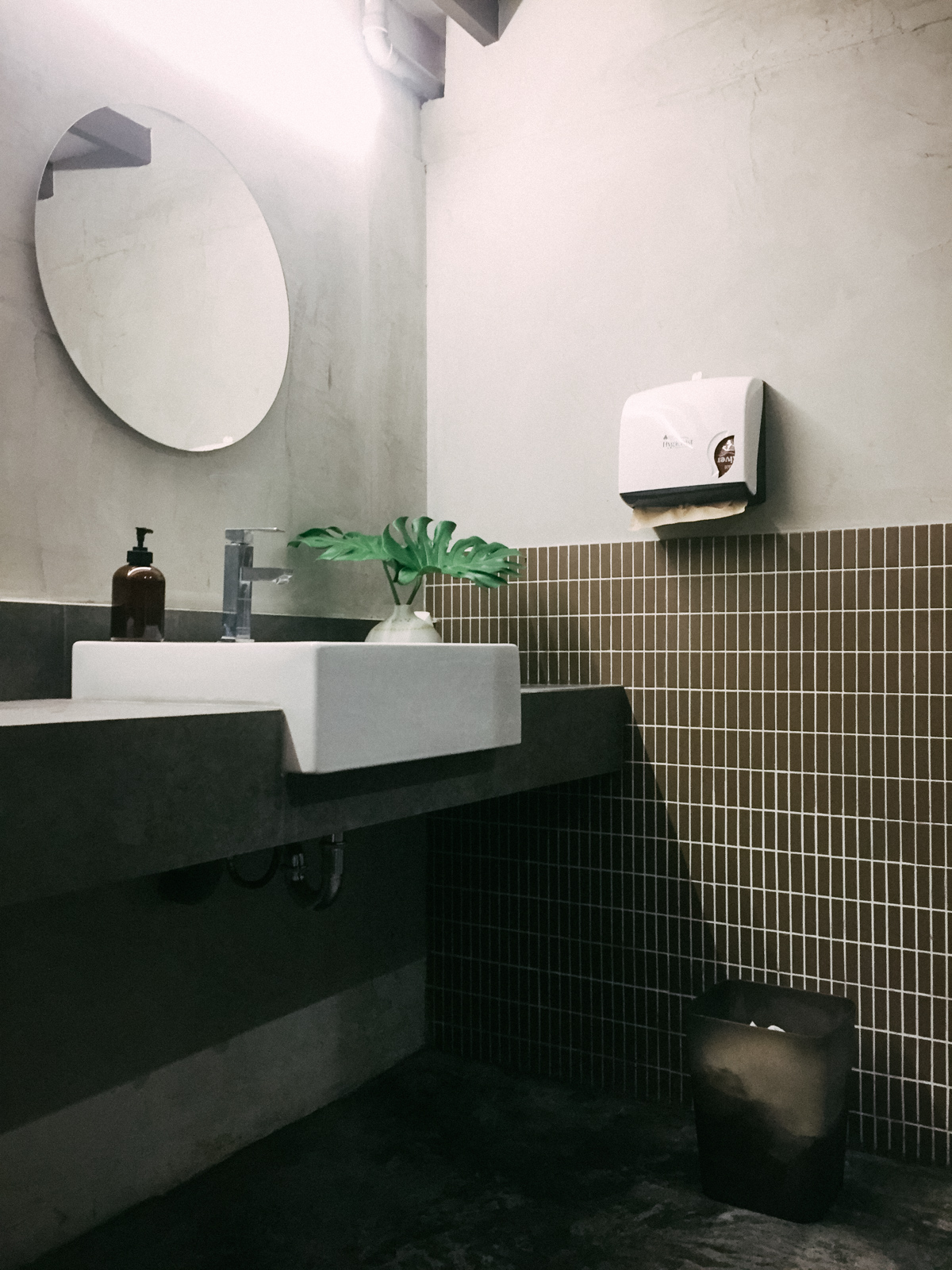
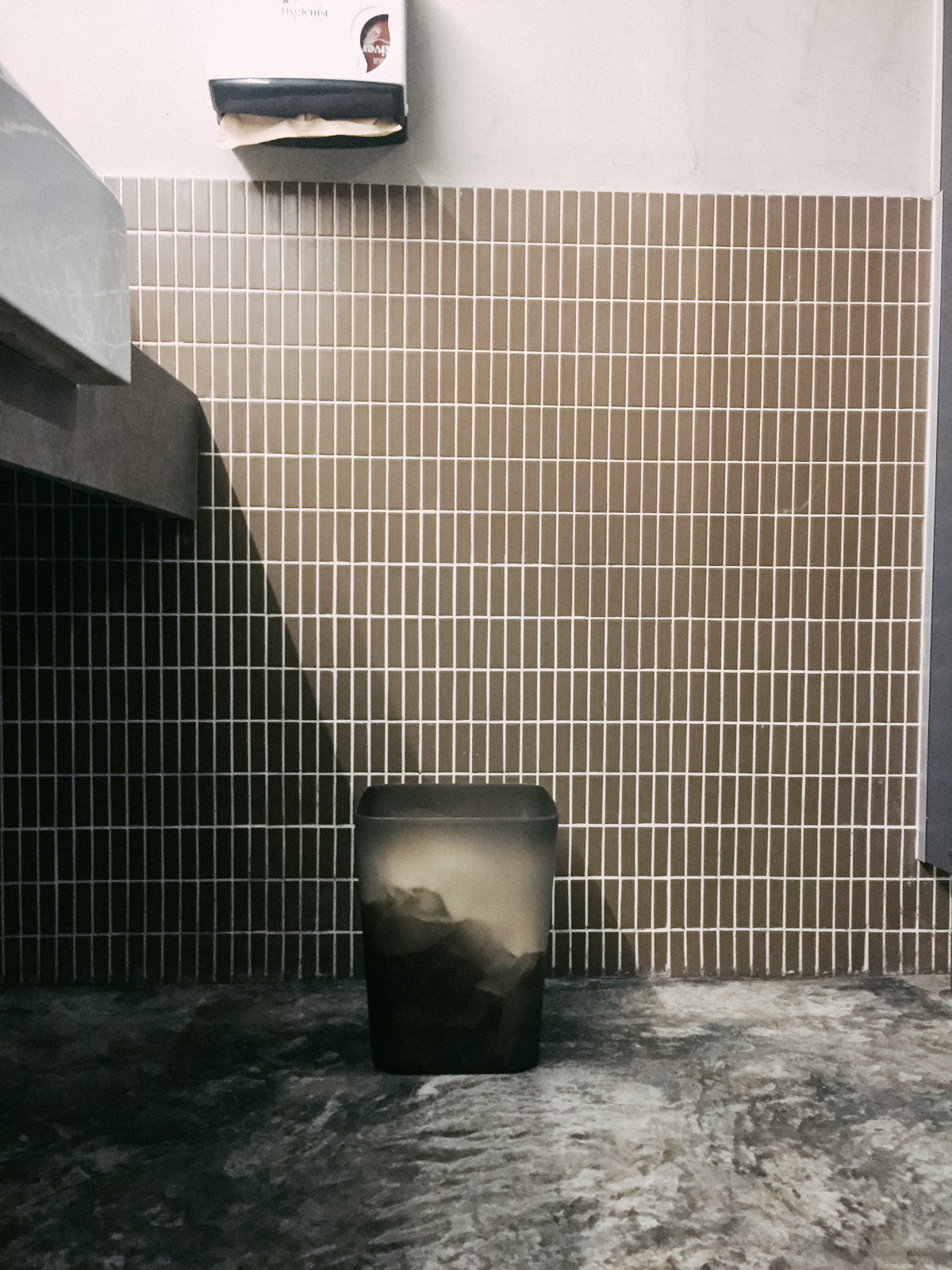
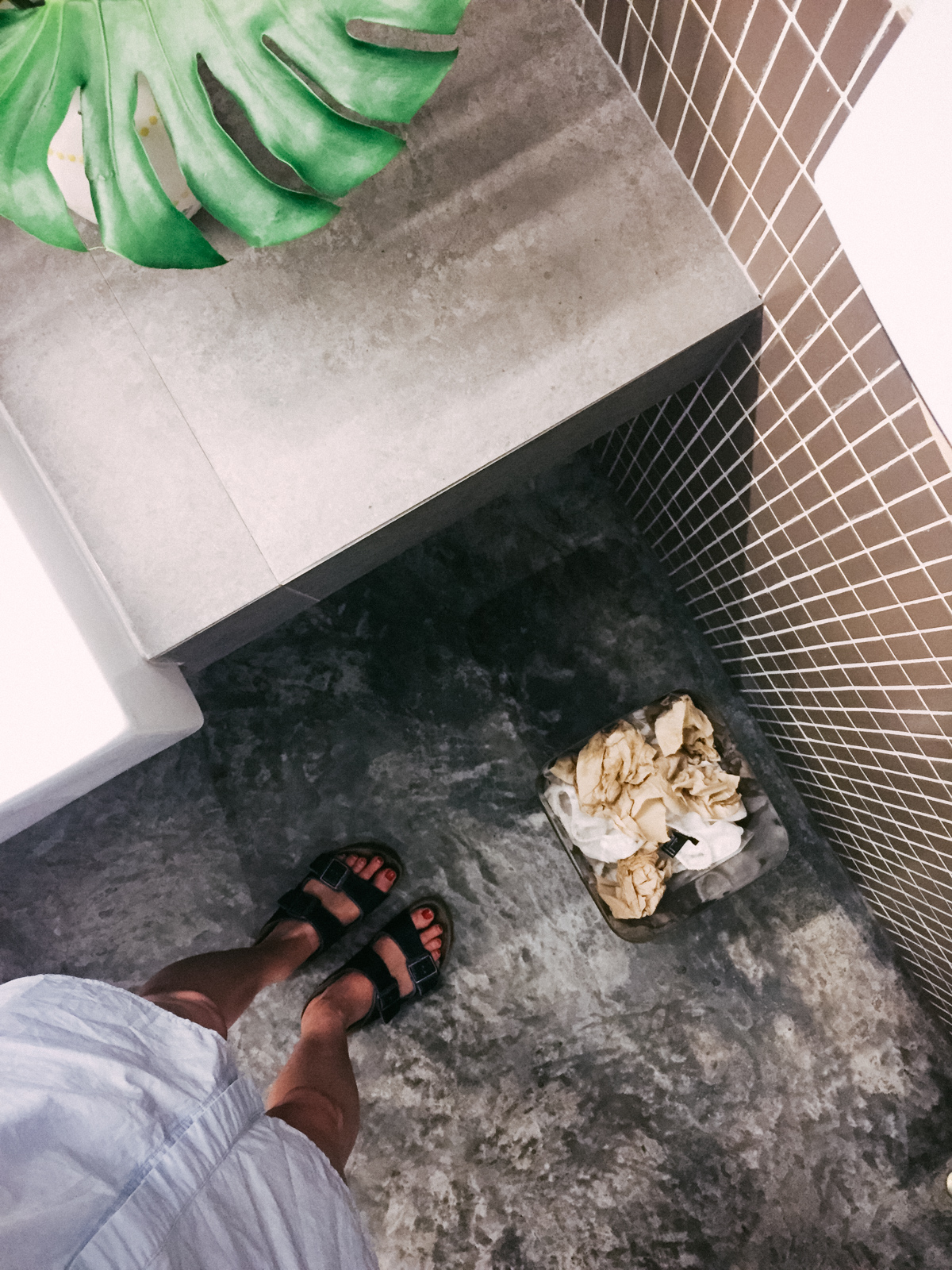
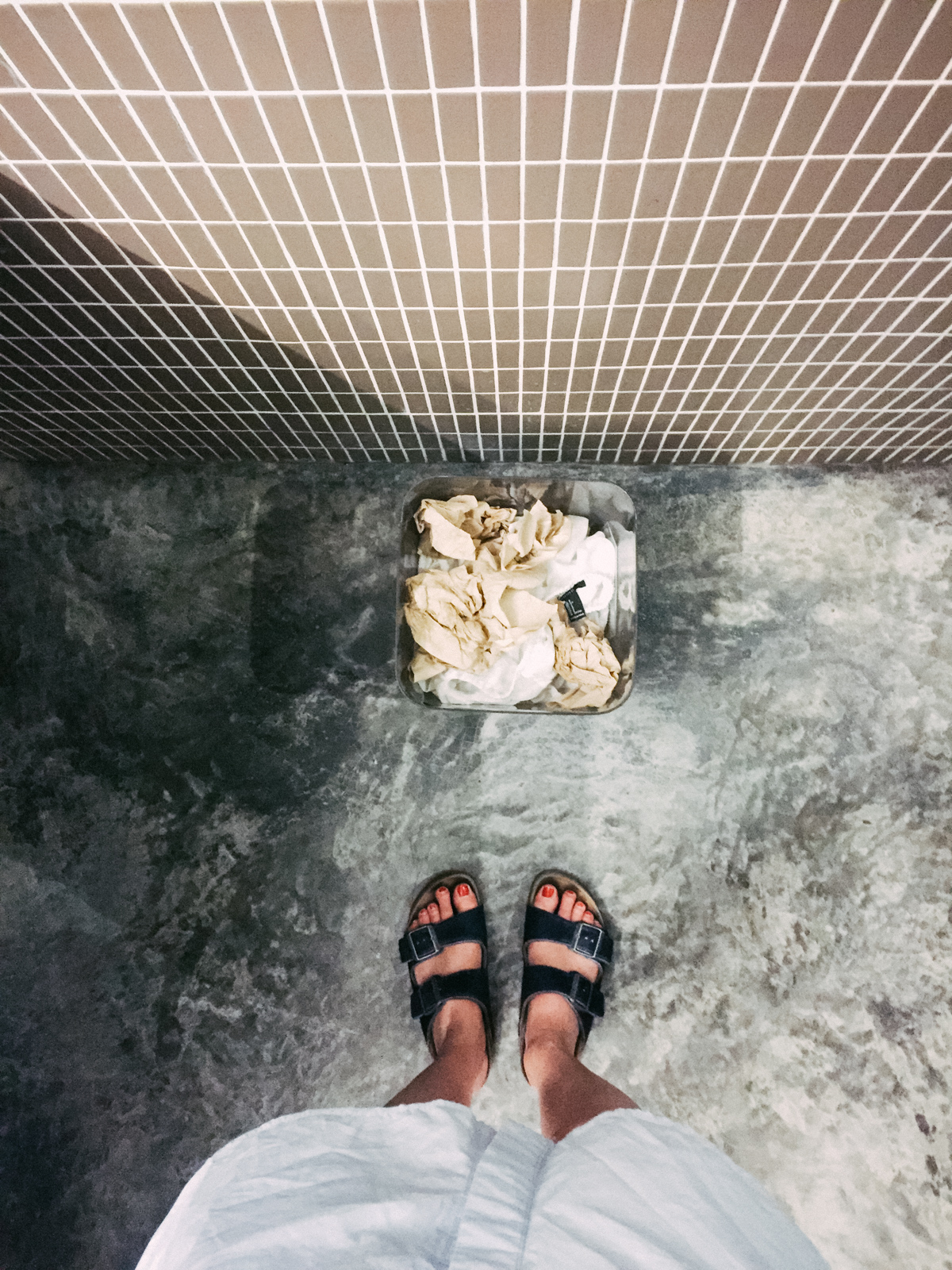

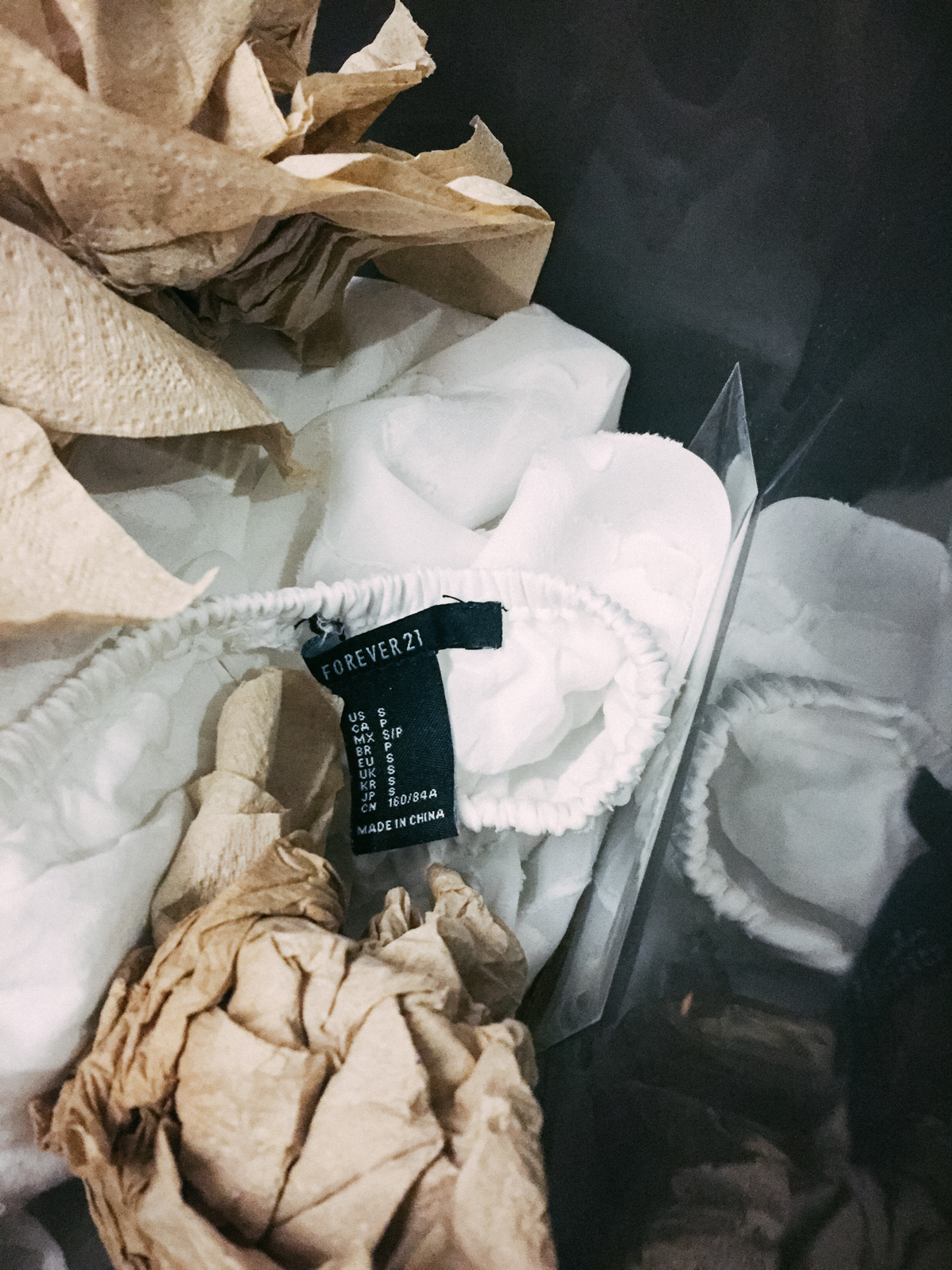
So how do I answer the question of what clothing is worth? Because I know how much work actually would go into me making what I'm looking at, I ask myself: Is this piece so great that I would make it myself? Will it have really been worth being made? Will I be able to give it the appreciation it deserves? Do I even have the right shoes, tops, and bottoms to combine it with? And what would I pay myself? That's easy: more than what the price tag says!
In this regard, here's what has inspired me to write this article.
MEY contacted us about a collaboration a while back, looking for support of spreading the word on a special campaign they are doing in celebration of their 90th anniversary! "Fair made. Fair payed." is the motto. You can purchase a limited edition T-Shirt, which is not only fairly made in Germany, but you can even find a photo of who made your shirt on the inside :) Though this is already very cool, that's not why Sustainable Fashion Matterz was inspired to join the promotion. It's because TODAY and TOMORROW (April 20th - 21st) this shirt has no price - you pay what you want! A concept which has been successfully implemented in other areas like the music industry with bandcamp, or in numerous different bars and restaurants in Berlin, as Livia Puglisi did with Aperó Perlin, a weekly pay-what-you-want dinner event at Perlin in Prenzlauer Berg. Her experience: "We had a very familiar atmosphere at our dinners. It started as a group of friends and grew from there. There were times when some guests were tight on cash, but we came to see that the same people would give more the next time. The trust we gave was worth it, we were awarded with a genuinely honest crowd, good vibes and enough money to continue our events.".
Shot by Karry Schwettmann from BLANKnarrative
Now MEY has not mentioned anything about a permanent pay-what-you-want policy (the proceed of this sale will be donated), but wouldn't it be nice, if our shopping habits were defined by the true worth of a garment? For my part asking myself if the piece of interest was really worth being made has lead me to a wardrobe full of stories I want to tell.
Now it's your turn:
WHAT IS YOUR WARDROBE WORTH TO YOU?
We would love to hear your take on this in the comments!



